Tackling the Global Garlic Shortage and Building a More Resilient Future
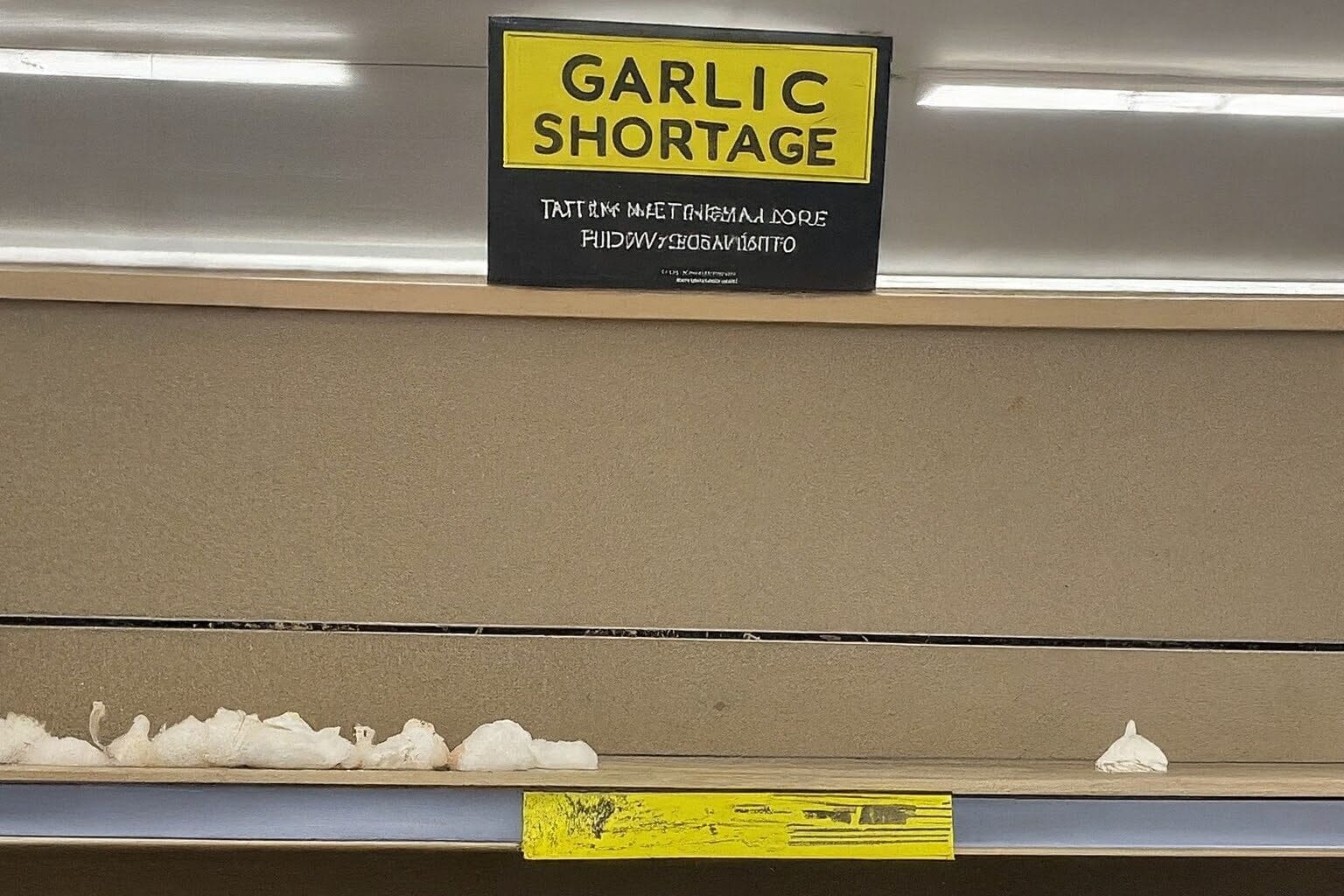
Garlic, a pungent yet beloved flavor enhancer, has become a source of recent culinary angst. The global shortage of this ubiquitous ingredient has caused heartburn for both home cooks and professional chefs alike. This article delves deeper into the complex reasons behind the shortage, explores its impact on the market and the global food system, and discusses potential solutions to ensure a stable supply of garlic in the future.
A Historical Perspective: Garlic’s Global Journey
Garlic (Allium sativum L.) boasts a rich history dating back thousands of years. Evidence suggests its cultivation originated in Central Asia, with records of its use in ancient Egypt, China, and India. Throughout history, garlic has been valued not just for its culinary properties, but also for its perceived medicinal benefits. Its journey across continents and cultures solidified its place as a staple ingredient in countless cuisines, from the robust flavors of Southeast Asia to the delicate sauces of Europe.
Factors Fueling the Fiery Frenzy: A Multifaceted Crisis
Several factors have converged to create this unprecedented global garlic shortage:
-Disease and pests: Fungal diseases like Fusarium wilt and basal rot have emerged as major threats to garlic crops in major producing countries like China, a leading global exporter. These diseases can devastate entire fields, significantly impacting garlic yields. Additionally, pests like the stem nematode have further exacerbated production problems.
-Climate change: Extreme weather events like floods and droughts have disrupted garlic production in key regions. Rising temperatures can also stress garlic plants, making them more susceptible to diseases and hindering their ability to thrive.
-Shifting consumer demands: The global appetite for garlic has grown significantly due to increased health consciousness and growing appreciation for its versatility across different cuisines. From pungent curries to delicate stir-fries, garlic adds a unique depth of flavor to a diverse range of dishes. This rising demand has outpaced production in recent years, creating an imbalance in the market.
-Storage challenges: Despite its seemingly robust nature, garlic requires specific storage conditions to prevent spoilage. Inadequate storage facilities and transportation infrastructure can lead to significant losses during transport and storage. Improper temperature and humidity control can cause garlic to sprout prematurely or succumb to rot, further affecting the available supply.
The Spicy Sting of Shortage: Cascading Impacts
The global garlic shortage has had a ripple effect across the culinary world, impacting various stakeholders:
-Price hikes: With limited supply and high demand, garlic prices have skyrocketed. This affects not just home cooks looking for a budget-friendly ingredient, but also food businesses struggling to maintain profit margins. The price increases have been felt throughout the entire supply chain, from farmers facing higher input costs to restaurants grappling with increased ingredient expenses.
-Supply chain disruptions: The shortage has disrupted established supply chains, leading to difficulties in sourcing garlic for food businesses and retailers. This can have a domino effect, with restaurants having to modify menus or temporarily remove dishes that rely heavily on garlic.
-Consumer frustration: Home cooks and restaurants alike have faced challenges in acquiring garlic, impacting their ability to prepare specific dishes. This can lead to frustration and a sense of culinary limitation, particularly for recipes that depend on garlic’s unique flavor profile.
-Beyond the Surface: A Deeper Look at the Global Food System
The global garlic shortage sheds light on some of the vulnerabilities of our modern food system. It highlights the risks associated with relying heavily on a single region or a limited number of varieties for a specific ingredient. Additionally, the shortage emphasizes the impact of climate change on agricultural production and the challenges it poses for ensuring a stable food supply in the face of a changing environment.
A Global Conversation: Collaborative Solutions for a Sustainable Future
While the immediate effects of the shortage may be unavoidable, there are potential solutions to ensure a more stable and resilient garlic supply in the future. Addressing this challenge requires a collaborative effort from various stakeholders, including:
1. Research and Development: Disease-Resistant Varieties for a Secure Future
Investing in research and development of garlic varieties resistant to prevalent diseases is crucial to minimize crop losses and ensure stable production. Scientists are working on developing garlic varieties with genetic resistance to Fusarium wilt and other diseases. This investment in breeding programs will contribute significantly to long-term sustainability.
2. Improved Storage Practices: Minimizing Losses and Extending Shelf Life
Investing in better storage facilities and transportation infrastructure can significantly reduce garlic spoilage during transport and storage. Utilizing controlled atmosphere storage technologies that regulate temperature, humidity, and gas levels can extend the shelf life of garlic and minimize waste. Additionally, improving drying and curing techniques can further reduce post-harvest losses.
3. Diversifying Production: Spreading the Geographic Risk
Encouraging garlic production in new regions with suitable climates can help mitigate the impact of weather events and diseases in traditional growing areas. This can involve initiatives to educate farmers in new regions on best practices for garlic cultivation and providing access to resources and support. Diversifying production geographically creates a more resilient garlic supply chain, less susceptible to disruptions in any single region.
4. Consumer Education: From Farm to Table, Knowledge is Power
Educating consumers on proper storage techniques can significantly reduce spoilage at the individual level. Simple tips like storing garlic in a cool, dry, and well-ventilated place can significantly extend its shelf life. Additionally, informing consumers about alternative storage methods like pickling or black garlic production can help them manage garlic purchases and minimize waste.
5. Embracing Innovation: Technological Solutions for the Future
Technological advancements can play a role in the future of garlic production. Precision agriculture techniques using sensors and data analytics can optimize irrigation, fertilization, and pest control practices, leading to increased yields and reduced waste. Additionally, exploring technologies like vertical farming can offer alternative production methods in urban environments, reducing reliance on traditional agricultural land.
The Role of Gezira United in the Garlic Revolution
Gezira United, a leading name in Egyptian produce export (https://geziraunited.com), is committed to ensuring a safe, reliable, and sustainable supply of fresh fruits and vegetables for our global customers. The recent global garlic shortage has highlighted the importance of responsible sourcing practices and fostering a resilient food system. Here at Gezira United, we are actively exploring ways to contribute to a more stable garlic supply chain, and we invite you to join us on this journey.
-Supporting Research and Development: We recognize the importance of disease-resistant garlic varieties in the battle against crop losses. While we currently source garlic from various regions, we are actively monitoring research efforts and collaborating with agricultural researchers to explore the potential of introducing disease-resistant varieties into our supply chain in the future.
-Diversifying Our Sourcing Network: Gezira United sources garlic from a network of trusted growers across multiple regions in Egypt, minimizing our reliance on any single geographic area. This diversification strategy helps mitigate the impact of regional weather events or disease outbreaks, ensuring a more consistent supply for our customers.
-Consumer Education: Knowledge is power, and Gezira United is committed to empowering our customers with valuable information. Through our blog (https://geziraunited.com/blog-posts/) and social media channels, we offer educational content on proper garlic storage techniques, extending its shelf life, and minimizing waste.
By actively participating in these efforts, Gezira United hopes to play a role in ensuring a stable supply of garlic for future generations. We believe in building strong partnerships with our growers, researchers, and consumers to create a more sustainable and resilient food system.
A Call to Action: Building a More Resilient Food System
The global garlic shortage serves as a wakeup call, highlighting the need for a more resilient and sustainable food system. By investing in research, diversifying production, and embracing innovation, we can collectively ensure a future where garlic remains a readily available and affordable ingredient for all. Consumers can play their part by supporting companies committed to responsible sourcing practices and by learning to properly store their garlic purchases. Together, we can navigate this current shortage and build a more robust food system for the future.
Further Exploration:
This article has provided a comprehensive overview of the global garlic shortage. For those interested in further exploration, here are some resources:
– Food and Agriculture Organization of the United Nations (FAO): (https://www.fao.org/home/en)
– International Society for Horticultural Science (ISHS):(https://www.ishs.org/)
– National Center for Biotechnology Information (NCBI): (https://www.ncbi.nlm.nih.gov/)
In conclusion, the garlic shortage is a challenge with multifaceted causes and significant consequences. However, by working together, we can overcome this obstacle and ensure a future where garlic continues to be a flavorful and readily available ingredient in kitchens around the world.
Explore
-

Fruit Logistica 2024 with the IPD
-

From Pharaohs to Ports: Egypt's Produce Export Journey
-
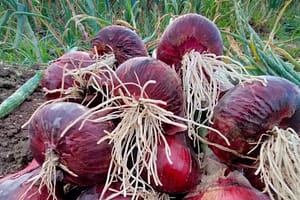
Egyptian Red Onion: Now Available with the Best Price!
-
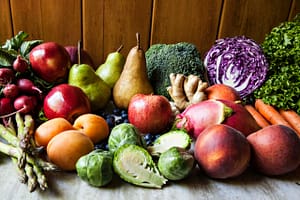
A Guide to Egyptian fruit and Vegetable Exporters and Growers
-
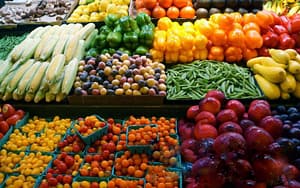
Why You Should Import Egyptian Fruits and Vegetables
-
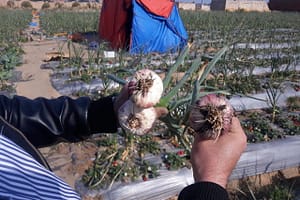
Egyptian garlic: Reasons behind importers' growing preference for it
-
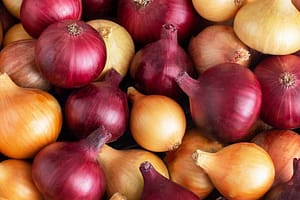
Unveiling the Superiority of Egyptian Onions in the Global Export Market
-
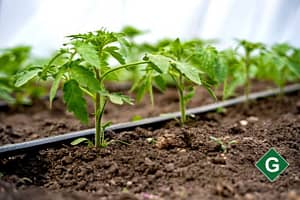
Drip Irrigation: Nurturing Crops, Preserving Resources
-

VIDEO: 2024 Fruit Logistica Summed Up - Valuable Insights
